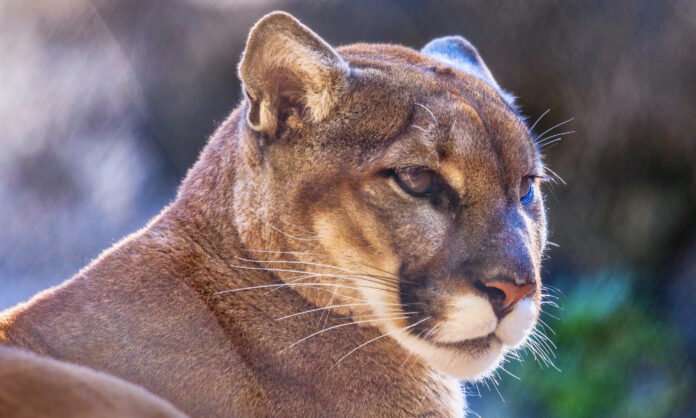During the 30 years since the Fort Worth Zoo’s debut as the “New Zoo in 92,” there have been countless improvements, honors, milestones and achievements.
But along with the recognition, there is an important accomplishment that hasn’t received as much attention: the economic impact of the zoo for the city of Fort Worth.
The zoo’s average annual economic impact for 2021 and 2022 is $228.5 million, including direct and indirect spending, according to zoo officials.
The $228.5 million figure was computed by averaging the zoo’s 2021 economic impact of $212.4 million – down from typical numbers due to pandemic disruptions – and the $244.5 million projected as the zoo’s 2022 economic impact.
The 2022 economic impact forecast was based on conservative assumptions related to the slowing pace of the U.S. economy, officials stated.
The economic impact analysis includes spending at the zoo; visitor spending on lodging, gasoline, dining, shopping, and other entertainment; capital improvements at the zoo; and marketing.
Of the $212.4 million spent in 2021, visitors spent about $67 million at the zoo and more than $111 million on hotels, restaurants, shopping, other attractions and gas. An additional $28.9 million was spent on capital improvements and $5.3 million on marketing.
The 2022 forecast indicated that $72.5 million of the projected $244.5 million total would be spent directly at the zoo. Visitors are expected to spend more than $125.8 million for hotels, restaurants, shopping, other attractions and gas. Additionally, $40.7 million was budgeted for capital improvements and $5.4 million for marketing.
“When families visit the Fort Worth Zoo, they are also spending time eating, touring and often staying overnight,” said Fort Worth Zoological Association President Ardon Moore. “Our studies show that nearly 40 percent of zoo visitors are eating in Fort Worth restaurants and the average family of four is spending about $78 when dining.
“Additionally, 28 percent of zoo visitors are shopping and spending time in local stores and other tourist venues, which in total results in a family spending about $180 while here in town,” Moore said.
With its national reputation for excellence, the Fort Worth Zoo helps drive tourism to the city, according to Bob Jameson, president and CEO of Visit Fort Worth.
“Having one of the top-ranked zoos in the nation is a huge boost for tourism and our mission to raise awareness about the city as a travel destination,” Jameson said.
According to Visit Fort Worth research, visitors to the zoo also explore other parts of the city, including the Fort Worth Stockyards, Sundance Square and the cultural district.
“Zoo visitors area an important part of the $2.6 billion visitor economy,” Jameson said.
Besides visitor spending at the zoo and beyond, the economic impact of the zoo supports about 2,800 jobs, directly and indirectly. In 2021, the zoo supported 2,639 jobs and is expected to support 2,904 in 2022.
The zoo’s economic impact also includes substantial tax revenues for the city and other local taxing entities, including Tarrant County, the Fort Worth Independent School District, Tarrant County College and the Tarrant County Hospital District.
The city received $6,161,351 in tax revenue in 2021 and is projected to receive $7,120,795 in 2022.
The other taxing entities saw combined tax revenues of $7,150,502 in 2021 and are expected to receive $8,927,750 in 2022.
The combined tax revenue impact for Fort Worth was $13.3 million in 2021 and an anticipated $16 million in 2022.
Zoo officials noted that spending by visitors outside the zoo generates much more tax revenue to the city than spending inside the zoo.
For every dollar of tax revenue generated at the zoo, approximately $6 to $7 is spent on hotels, restaurants and stores, according to zoo officials.








